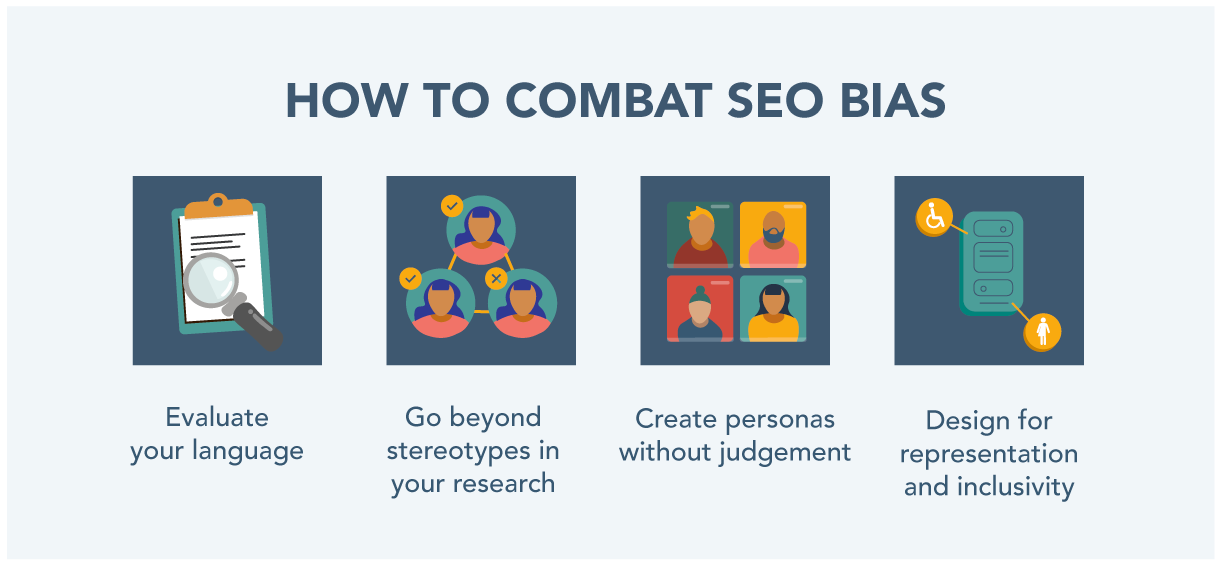In the digital world, SEO’s importance cannot be overstated. More than 81% of people ages 18 through 64 have used search to find new products in the past month. With over half your audience searching for you online, you want to appear at the top. However, understanding how the algorithms that surface content work can reveal challenges beyond technical expertise and content quality.
How Search Algorithms Work
The organization of search results is complex and depends on a variety of factors. These include:
- Meaning of your query
- Relevance of web pages
- Quality of content
- Usability of web pages
- Context and settings
With multiple algorithms in place, search engines begin to learn about what information people are looking for with each query. In addition, they begin to learn about you specifically. This is why your search results for the same query may be different than those of someone else.
Google specifically shares this about the way the algorithms work, “These ranking systems are made up of not one, but a whole series of algorithms. To give you the most useful information, Search algorithms look at many factors, including the words of your query, relevance, and usability of pages, the expertise of sources, and your location and settings. The weight applied to each factor varies depending on the nature of your query—for example, the freshness of the content plays a bigger role in answering queries about current news topics than it does about dictionary definitions.”
Understanding the various impacts content, keywords, and algorithms can have is an important step. Noticing how machine learning can perpetuate bias is the next.
Bias in Search Algorithms
While not wanting to discount the work that goes into building these complex algorithms, we do need to understand how they fall short. With machine learning relying on real searches to make predictions, our bias creates both a personalized search engine catered to our interests, as well as perpetuating human bias. These biases may include:
- Racial Bias
- Gender Bias
- Socioeconomic Bias
- Age Discrimination
The term “computer-generated racism“ has grown in popularity, as we see machine learning and bias go from search results to webcam cameras, app use, and ad targeting. In addition, the ramifications of this kind of bias go beyond technology usage. The internet shapes self-perception and socialization. It is crucial that digital marketing managers incorporate inclusivity and representation into their content across search, social, and paid.
Tactics for Combating SEO Bias

Google is instituting new guidelines that prioritize inclusive content, from their workspace enhancements to how they measure content. As a marketer, it’s also crucial to incorporate inclusivity audits into your content creation process. Here are a few ways you can ensure you’re creating inclusive content:
- Evaluate your language for bias such as gender, racial, socioeconomic, ability, or age.
- Research the communities you’re marketing to. Go beyond stereotypes and assumptions and use market research to build inclusive content and keyword strategies.
- Ensure you’re creating visual representation and inclusivity. Use alt text and follow image SEO best practices.
Learn more about how Mad Fish uses inclusive keyword research and audience development to help your business grow, as well as create a more equitable internet.

